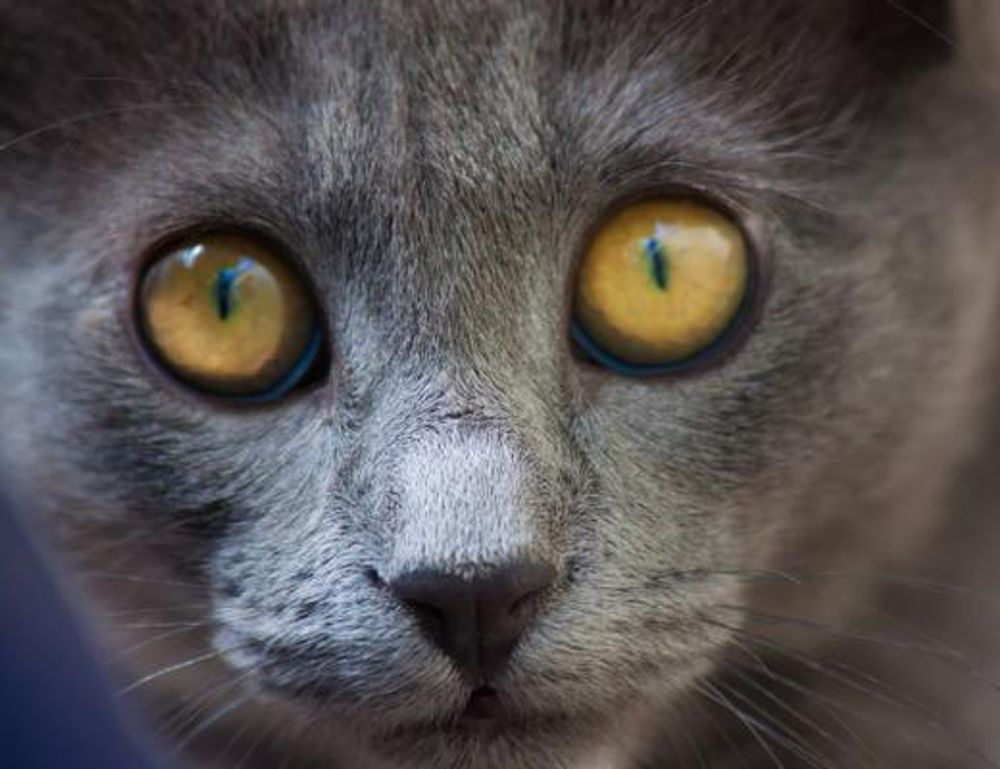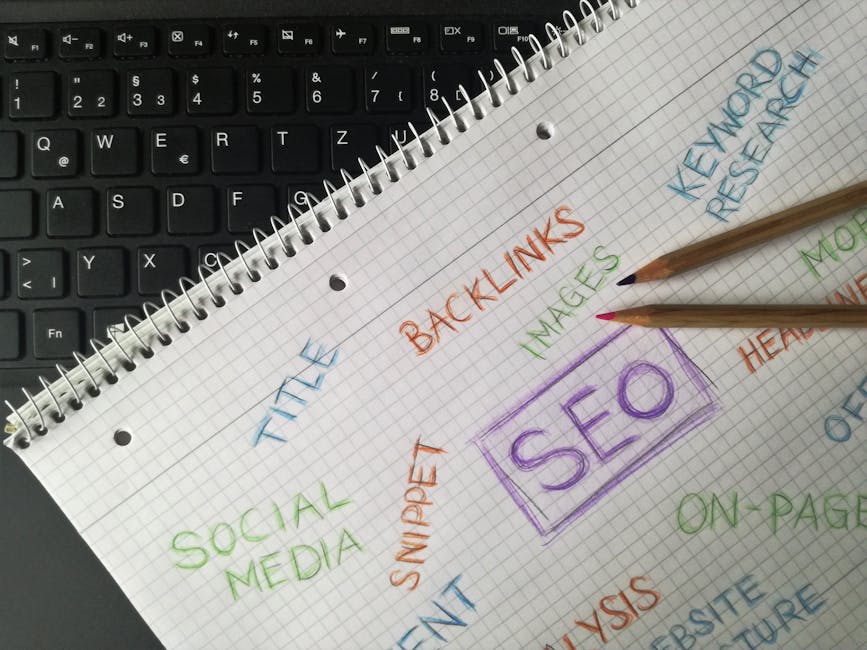Understanding where we come from—and more importantly, where we feel we belong—can be both deeply personal and incredibly complex. Plenty of people find themselves asking, “which culture do I belong to roarcultable?” Maybe you’ve moved countries, grown up in a multicultural household, or just never felt fully connected to one single tradition. If that’s you, this essential resource might help untangle the web of cultural identity: this essential resource.
The Complexity of Cultural Identity
Culture isn’t just food, language, or national holidays. It’s a web of values, beliefs, behaviors, and social practices that shape how we see the world—and how the world sees us. But for many people, especially those who have been displaced, adopted, or raised in mixed-heritage environments, it’s not so black and white.
Asking yourself “which culture do I belong to roarcultable” doesn’t always offer easy answers. You might feel pulled between two or more identities. Your family might observe one tradition at home while you participate in another at school or work. This cultural layering creates a blurred sense of belonging that can be both freeing and disorienting.
Why the Question Matters
It’s tempting to ignore the question altogether and just say you’re a “global citizen.” But cultural identity impacts how comfortable we feel in groups, how we interpret situations, and how we form relationships. Knowing where you belong can boost your confidence, guide your behavior in unfamiliar settings, and provide a solid foundation in times of change or crisis.
At the same time, obsessing over fitting neatly into one culture may cause undue stress. The real world often resists clean categories. People evolve. Cultures evolve. The goal isn’t always to find one perfect label—it’s to find harmony in your own personal mix.
Tools for Self-Discovery
There are a few ways to start figuring out your cultural identity. First, track your cultural influences. Write them down:
- Where were you born?
- What language(s) do you speak or understand?
- What values or customs were emphasized in your upbringing?
- What holidays or rituals were celebrated regularly?
Answers to these questions can help sketch out the core cultural forces in your life. You might discover, for example, that although you live in a certain country, your strongest sense of belonging is tied to the language or traditions you grew up with at home.
You can also try cultural assessments online. Tools like the one featured in “which culture do I belong to roarcultable” offer a guided way to reflect on your past experiences and present preferences. Think of it as an exploratory map, not a final destination.
The Influence of Hybrid Cultures
One category gaining attention through conversations like these is that of hybrid or third-culture individuals. These are people who were raised in a culture different from their parents’ or who had to navigate several differing cultural systems during their developmental years. Military brats, diplomatic families, immigrants, and refugee children often fall into this group.
These people might answer “which culture do I belong to roarcultable” with “all of them and none of them.” They adapt easily to shifts in cultural expectations but can also feel rootless. Rather than seeing this as a weakness, it’s worth reframing as cultural versatility—a strength that allows for flexibility in almost any setting.
Creating Your Own Cultural Identity
Here’s the liberating part: you don’t have to mimic anyone else’s journey. Just as cultures are not static, neither is your identity. You get to define it. Want to celebrate one culture at home and another socially? Want to mix traditions on holidays? That’s valid. Cultural identity isn’t about purity—it’s about authenticity.
You can also uncover meaningful practices by diving deeper into your heritage or by considering what values you want to carry forward. Ask yourself:
- What cultural aspects make me feel grounded?
- What traditions or behaviors feel foreign, even if I grew up with them?
- Which parts of different cultures actually reflect my true self?
The process of answering “which culture do I belong to roarcultable” might look more like building a playlist than sticking to a single album. Your culture can be chosen, adjusted, and redefined at different chapters of your life.
When You Feel Like You Don’t Fit
Not feeling a strong sense of cultural belonging can be isolating, especially during major life transitions—school changes, job relocations, or political unrest. You might notice that the question “which culture do I belong to roarcultable” becomes louder during these moments.
In these cases, community matters. Sometimes, the best way to find your cultural mirror is by seeing yourself through the eyes of people with similar backgrounds. Online communities, affinity groups, and even storytelling platforms can give you vocabulary, validation, and connection.
Alternatively, creating your own spaces—celebrations, small gatherings, even hybrid rituals—can offer a sense of belonging that fits perfectly, even if it doesn’t exist on a flag.
Final Thoughts
The cultural self is complicated—more collage than canvas. And that’s alright. Asking “which culture do I belong to roarcultable” doesn’t demand a definitive answer. It simply opens a door to introspection, connection, and the realization that belonging isn’t always something we discover—it’s something we create.
As cultures blend and reshape with every generation, there’s more freedom than ever to honor your threads without needing to weave them into a perfect tapestry. Your cultural identity might not fit on a map, but if it feels authentic, it’s real enough.


